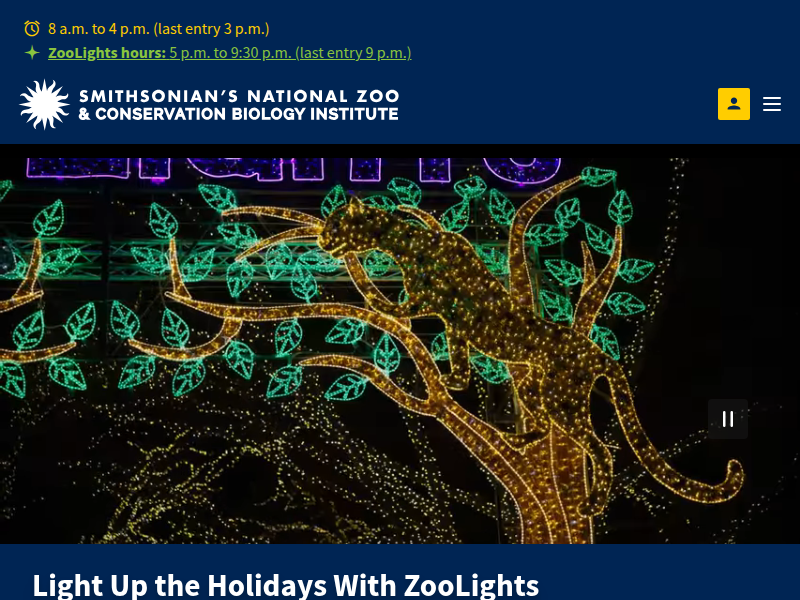New at the Zoo: Meet Winton the Bennett’s Wallaby | Smithsonian’s National Zoo and Conservation Biology Institute https://nationalzoo.si.edu/animals/news/new-zoo-meet-winton-bennetts-wallaby
Our newest member of the wallaby mob at the Small Mammal House has been named! Meet Winton in this keeper Q&A.
We can’t wait to have joeys again! What is Winton’s personality like?

